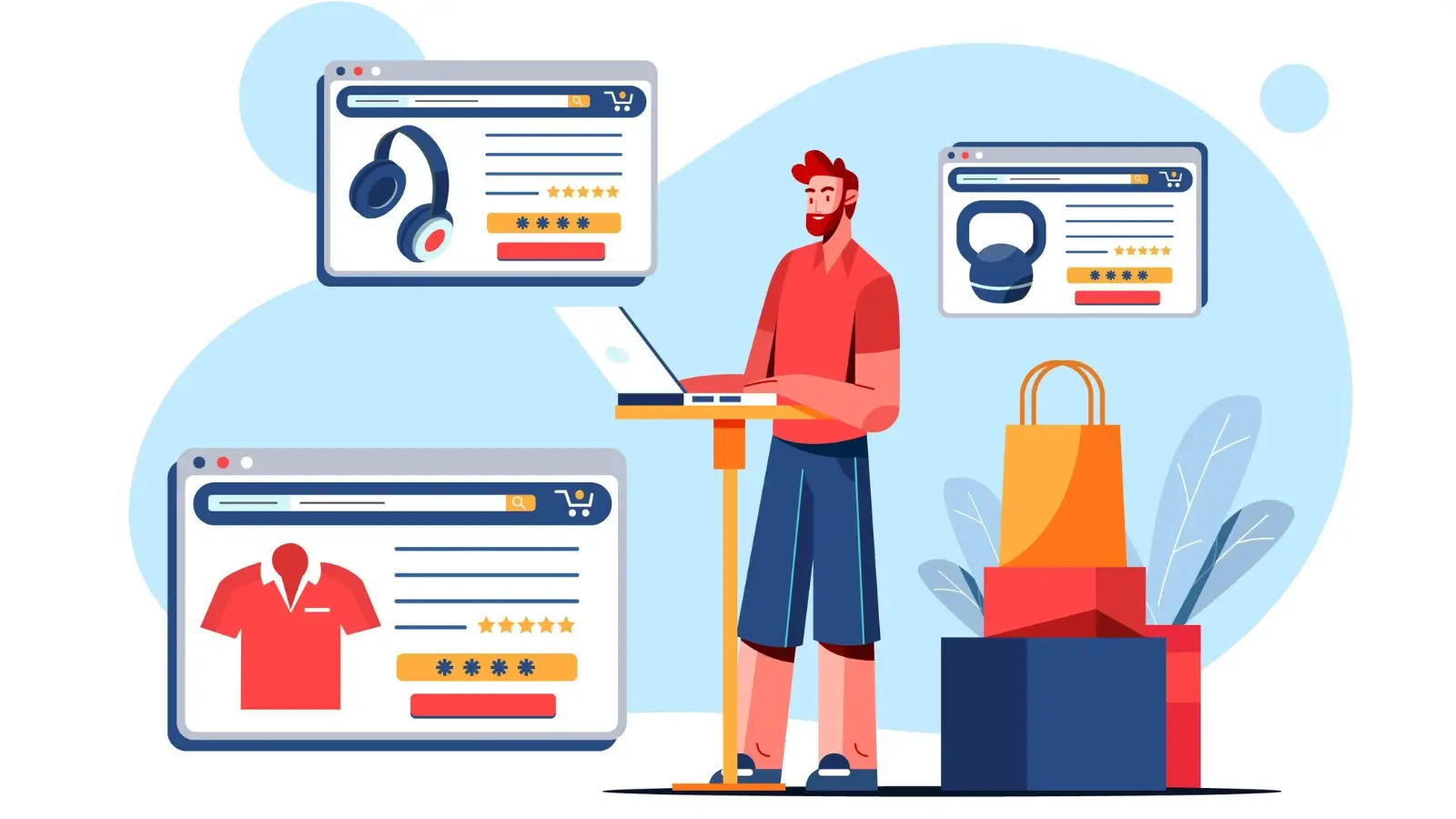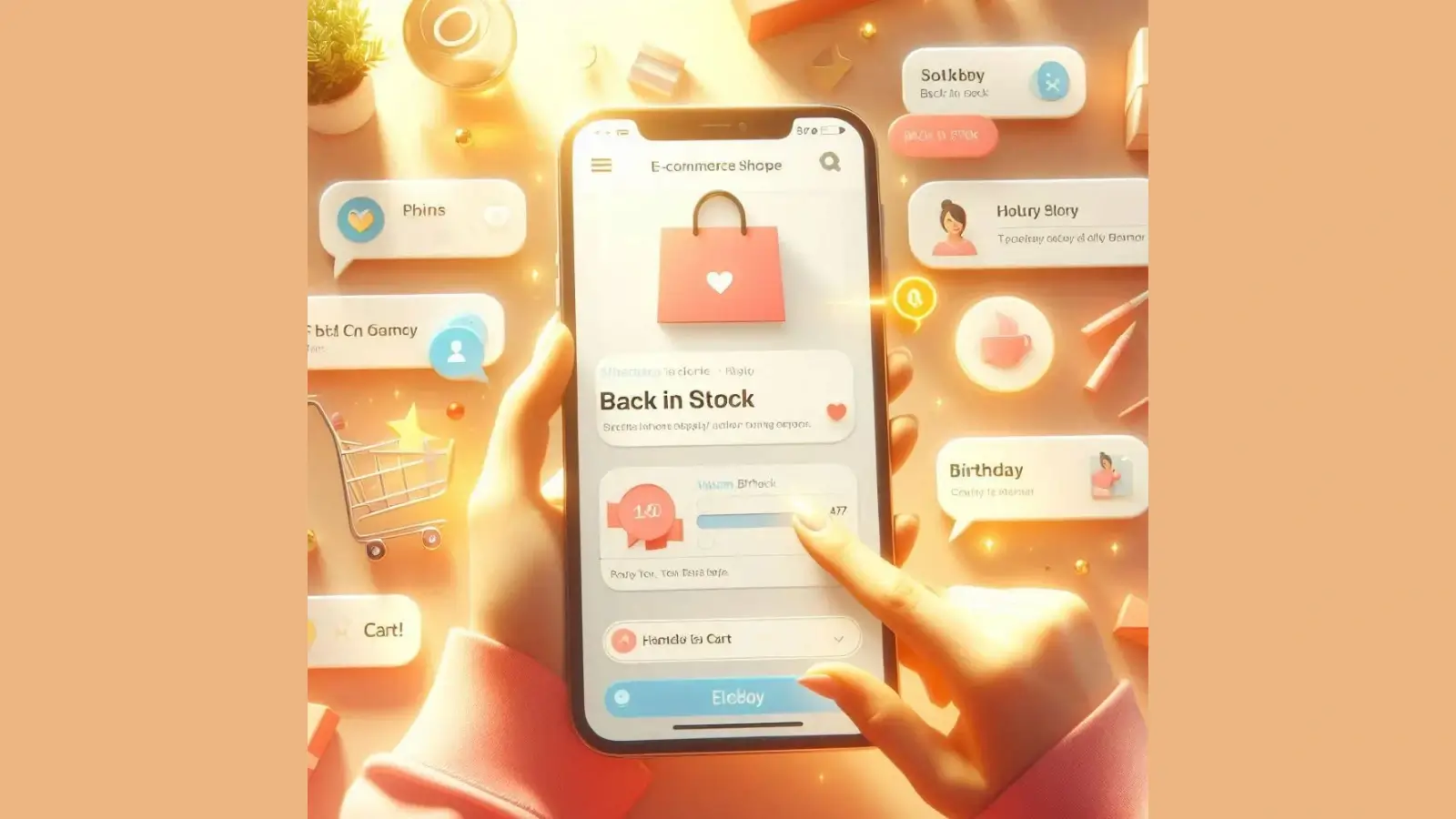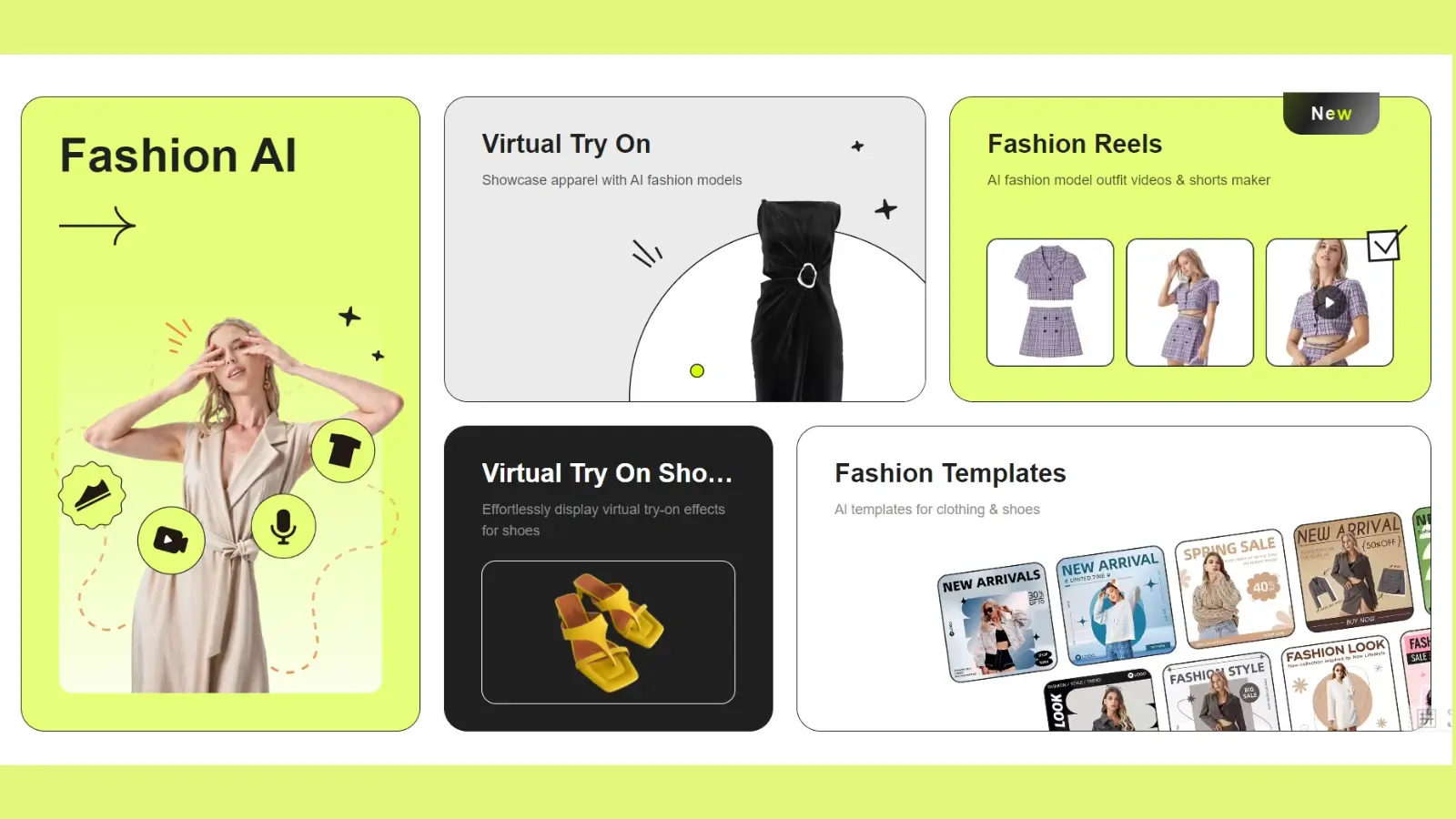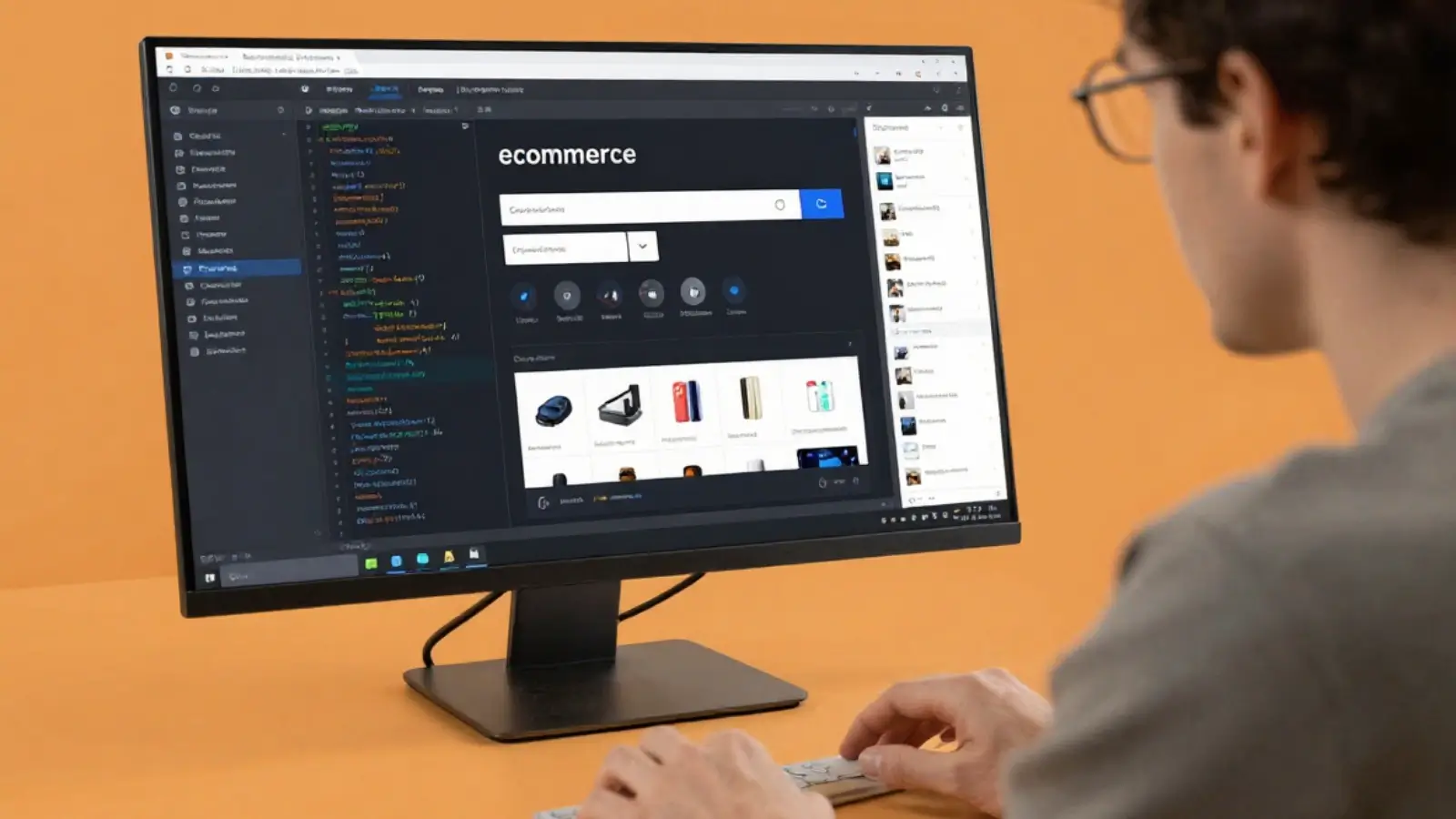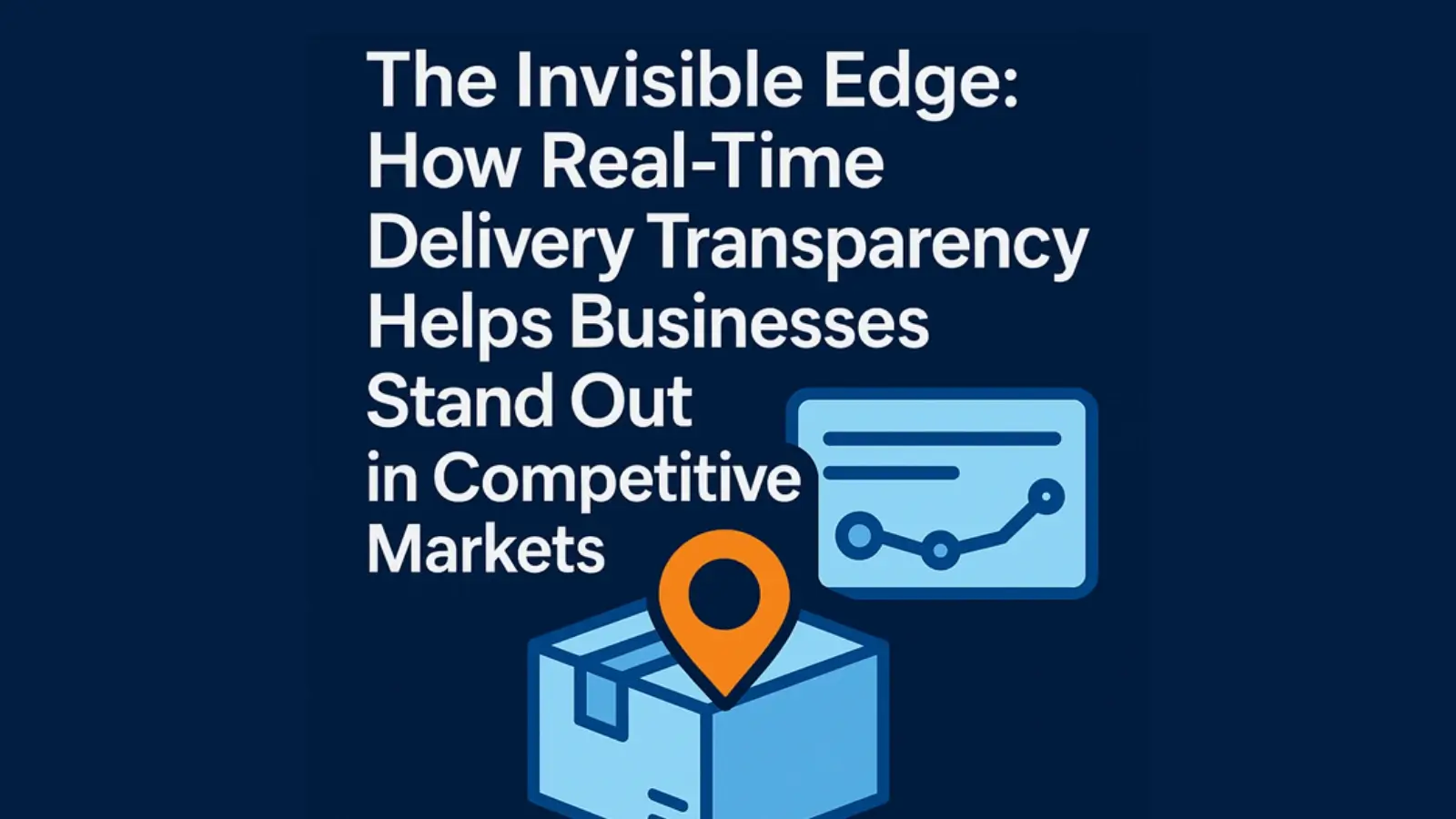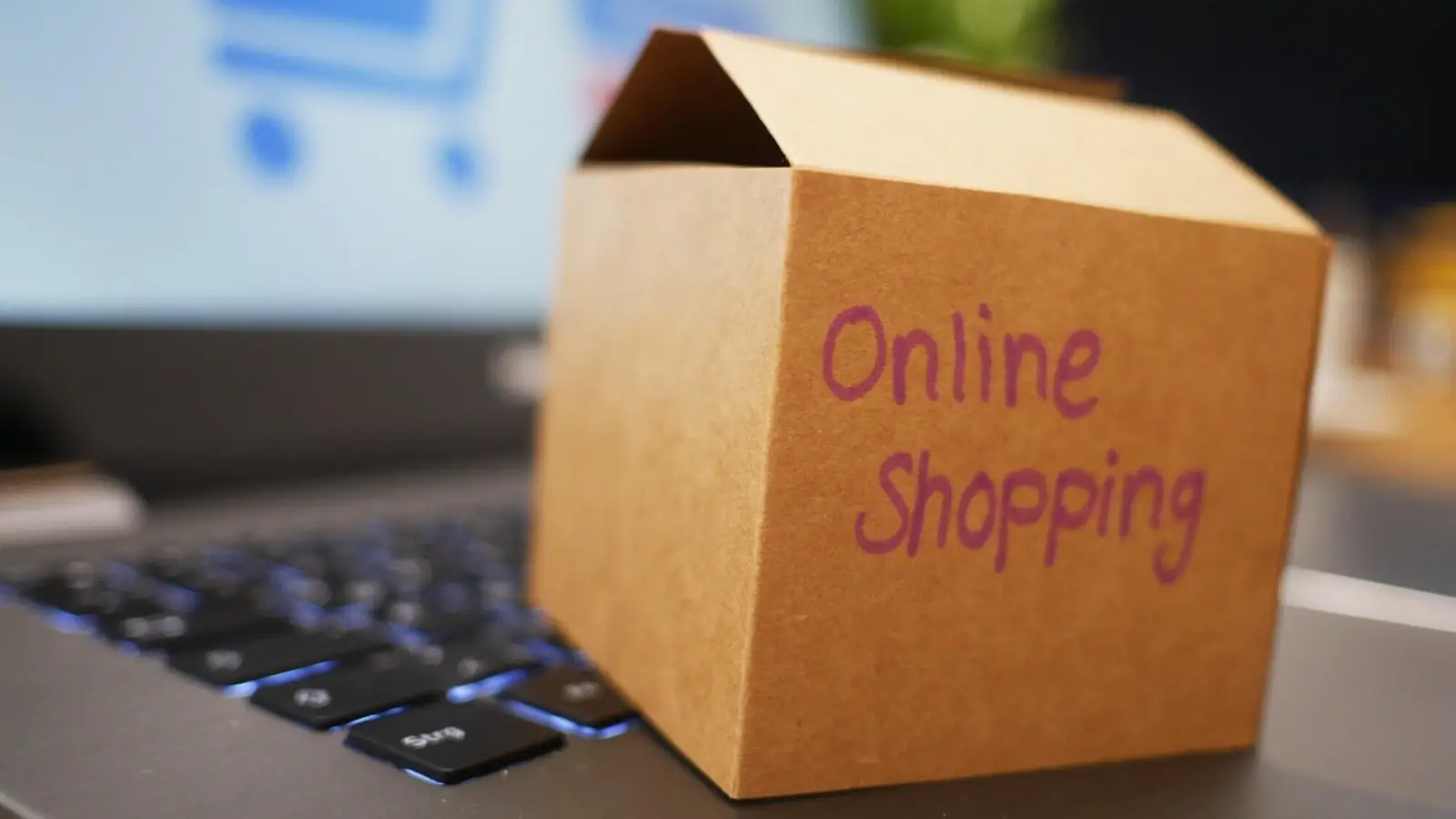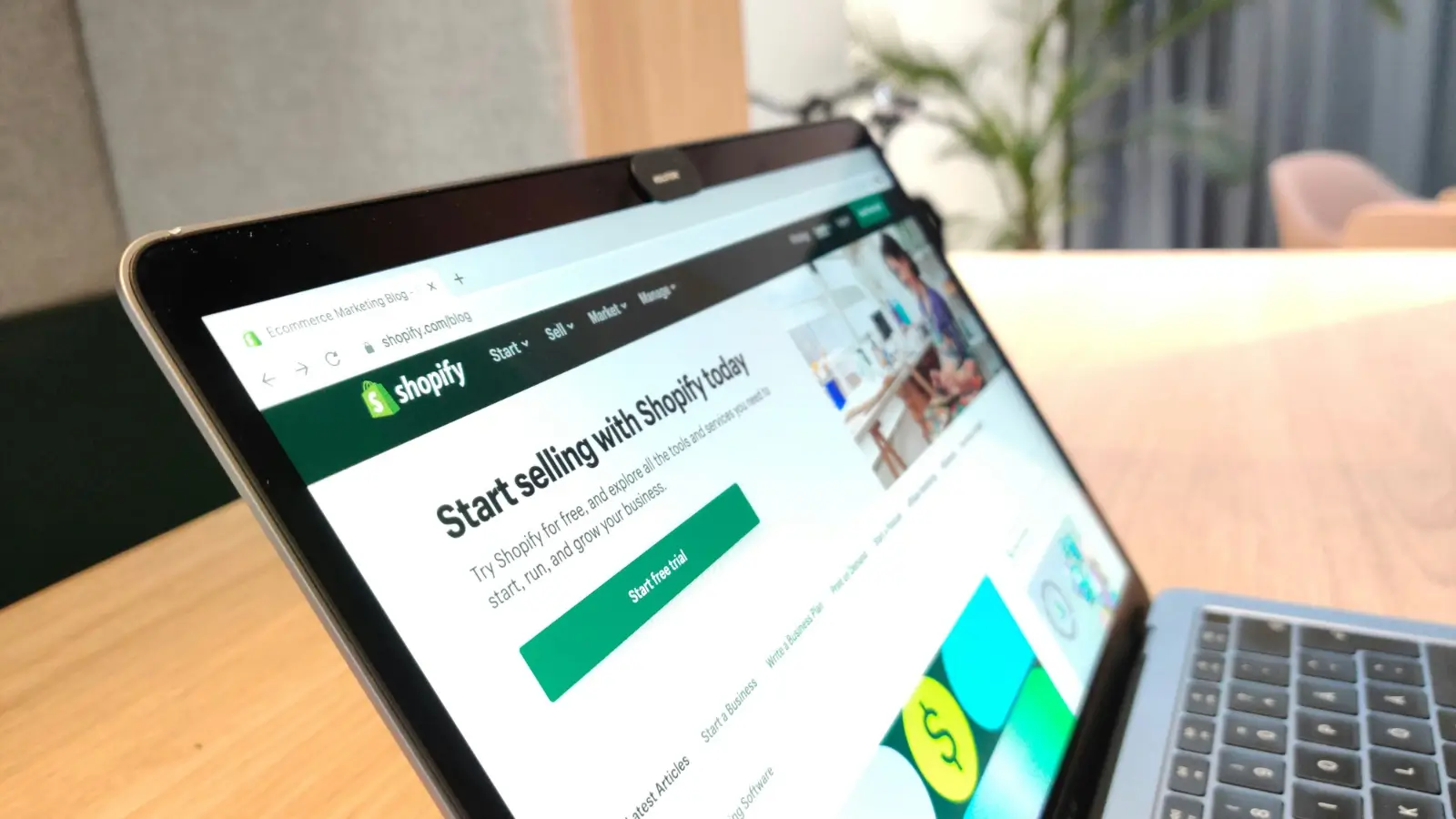The digital revolution has fundamentally transformed how we shop for everyday essentials, and the grocery sector is no exception. With the surge in online shopping and the demand for convenience, the grocery delivery business has become a thriving industry. Entrepreneurs and established retailers alike are eager to create a grocery delivery app that not only meets modern consumer expectations but also stands out in a competitive market.
This comprehensive guide will walk you through every aspect of grocery delivery app development - from understanding what these apps are, exploring the market leaders, and identifying must-have features, to choosing the right development approach and estimating costs. Whether you’re a startup founder or a retail giant, this article will equip you with the knowledge to build a grocery delivery app that delivers value to customers, vendors, and your business.
What is a Grocery Delivery App?
A grocery delivery app is a digital platform that connects customers with grocery stores and delivery partners, enabling users to order groceries online and have them delivered to their doorstep. These apps streamline the entire shopping experience, offering convenience, speed, and a wide selection of products.
How It Works
- For Customers: Users browse products, add items to their cart, choose a delivery slot, and make payments - all within the app. They can track their orders in real time and receive updates until delivery is completed.
- For Vendors/Sellers: Grocery stores or suppliers list their products, manage inventory, process incoming orders, and handle promotions. The app provides tools for efficient order management and customer engagement.
- For Delivery Agents: Delivery partners receive order notifications, navigate to stores and customer locations, and update delivery statuses. Their dedicated panel helps manage schedules, track earnings, and optimize routes.
Why Invest in a Grocery Delivery App?
The grocery delivery business is booming, driven by changing consumer habits, urbanization, and technological advancements. Here’s why investing in grocery delivery app development is a smart move:
- Soaring Demand: The global grocery delivery market is projected to reach $1.49 trillion by 2030, growing at a CAGR of nearly 10%.
- Convenience Factor: Consumers increasingly prefer the ease of ordering groceries online, avoiding crowded stores and saving valuable time.
- Recurring Revenue: Grocery needs are frequent and repetitive, ensuring a steady stream of orders and opportunities for customer retention.
- Multiple Revenue Streams: Apps can generate income through delivery fees, subscription models, in-app advertisements, and partnerships with brands.
- Data-Driven Insights: Apps provide valuable data on customer preferences, enabling personalized marketing and inventory optimization.
Top Grocery Delivery Apps in the Market
Understanding the competitive landscape is crucial before you create a grocery delivery app. Here are some of the most successful grocery delivery apps globally:
- Instacart: Instacart partners with major supermarkets, allowing customers to shop from multiple local stores and enjoy flexible delivery options, making it a favorite among busy families in North America.
- Amazon Fresh: Amazon Fresh offers a vast selection of groceries and household essentials with reliable same-day delivery, available exclusively to Amazon Prime members in select cities worldwide.
- Walmart Grocery: Walmart Grocery combines affordability and nationwide reach, providing millions of customers with easy access to delivery and curbside pickup for groceries and everyday items.
- FreshDirect: FreshDirect focuses on delivering high-quality fresh produce, meal kits, and specialty groceries, serving customers in select regions of the northeastern United States.
- OneCart: Aggregates multiple retailers, offers real-time tracking and flexible delivery slots.
- Peapod: Peapod, one of the earliest online grocery services in the U.S., offers scheduled deliveries and a wide product range, primarily serving the Midwest and East Coast.
- Shipt: Shipt, known for its personalized service, connects users with shoppers who deliver groceries from premium retailers, operating across hundreds of U.S. cities.
- Beelivery: Beelivery is a UK-based platform specializing in rapid grocery delivery, operating 24/7 and often fulfilling orders in under an hour across the country.
Key Features to Include in a Grocery Delivery App
A successful grocery delivery app must cater to the needs of buyers, delivery agents, admins, and vendors. Below are essential features for each segment, each accompanied by a concise explanation.
Buyer (Customer) Features
- Easy Registration & Login: Enables users to sign up quickly using email, phone, or social media, ensuring a hassle-free onboarding experience.
- Product Search & Smart Filters: Allows customers to find products effortlessly using advanced filters, categories, and search suggestions, saving time and boosting satisfaction.
- Cart Management & Wishlist: Lets users add, remove, and save products for later, streamlining the shopping and decision-making process.
- Order Scheduling & Tracking: Empowers users to select preferred delivery slots and track their orders in real time, increasing transparency and trust.
- Multiple Payment Options: Supports various secure payment methods, including credit cards, digital wallets, and cash on delivery, enhancing convenience.
- Ratings, Reviews, & Feedback: Enables customers to share experiences and rate products or services, fostering community trust and continuous improvement.
- Push Notifications: Keeps users informed about order status, promotions, and personalized offers, driving engagement and repeat purchases.
- In-App Chat/Support: Provides instant help through chatbots or live agents, resolving issues promptly and improving user satisfaction.
Delivery Agent Features
- Profile Management: Allows delivery partners to manage personal information, availability, and work preferences, ensuring efficient scheduling.
- Order Notifications & Acceptance: Instantly notifies agents of new orders, enabling them to accept or reject based on location and workload.
- Navigation & Route Optimization: Integrates with maps for real-time navigation and route optimization, minimizing delivery times and fuel costs.
- Order Status Updates: Lets agents update order status at each stage, keeping customers and vendors informed throughout the delivery process.
- Earnings & Performance Analytics: Provides detailed insights into completed deliveries, earnings, and performance metrics, motivating agents to improve.
Admin Panel Features
- Dashboard & Analytics: Offers a comprehensive overview of app performance, user activity, and sales trends, supporting data-driven decision-making.
- User & Delivery Partner Management: Enables admins to manage customers, vendors, and delivery agents, ensuring smooth operations and compliance.
- Inventory & Product Management: Facilitates adding, updating, and removing products, managing stock levels, and handling out-of-stock scenarios efficiently.
- Order Management: Centralizes order processing, tracking, and resolution of issues, streamlining the entire fulfillment workflow.
- Promotions, Discounts, & Loyalty Programs: Allows admins to create and manage promotional campaigns, discounts, and loyalty rewards to boost retention.
- Customer Support Tools: Equips admins with tools to handle queries, complaints, and feedback, ensuring high service standards.
Seller/Vendor Features
- Store Profile & Catalog Management: Vendors can update store information, manage product listings, prices, and availability, maintaining accurate offerings.
- Order Processing: Notifies vendors of new orders, enabling timely preparation and fulfillment, which enhances customer satisfaction.
- Inventory Tracking: Provides real-time inventory updates, helping vendors avoid stockouts and overstocking, and ensuring smooth operations.
- Sales & Performance Reports: Offers detailed analytics on sales, customer preferences, and product performance, guiding business strategies.
- Promotions & Discounts Management: Enables vendors to create special offers and discounts, attracting more customers and increasing sales.
Development Approaches to Create a Grocery Delivery App
When planning to create a grocery delivery app, you have two primary development approaches: custom development and ready-made software solutions. Each has its own advantages depending on your business needs, timeline, and budget.
1) Custom development: It means building your grocery delivery app from the ground up, tailored specifically to your business model, branding, and unique requirements. This approach allows for complete flexibility in feature selection, user experience, and integration with other systems, making it ideal for businesses with specific needs or long-term scalability goals. However, custom development requires a skilled technical team, a higher initial investment, and a longer timeline, as every aspect of the app is designed, developed, and tested from scratch.
Pros:
- Gives complete control over design, features, and scalability for a tailor-made business solution.
Cons:
- Requires higher investment and time due to the complexity and depth of development.
- Depends on skilled teams and long-term technical support to maintain and evolve the product.
- Requires constant monitoring from the entrepreneur
2) Ready-made software: The ready-made grocery delivery softwares offers a much faster and more affordable way to enter the market. These solutions come pre-built with all the essential features you need - user-friendly interfaces, robust admin panels, and seamless payment integrations - allowing you to launch your grocery delivery business in a couple of days not months. Ready-made platforms are ideal for startups and businesses looking to minimize risk and investment while still offering a professional, scalable app experience.
Pros:
- Rapid deployment lets you start your grocery delivery business almost immediately.
- Significantly lower initial investment compared to custom development.
Cons:
- Requires an initial one-time investment.
- You will need to match the minimum server requirements for self-hosted solutions
Suggested Read: Top Grocery App Development Companies
Factors Affecting the Cost to Build a Grocery Delivery App
Estimating the cost to create a grocery delivery app involves several variables. Understanding these factors will help you budget effectively and avoid unexpected expenses.
- Features and Functionalities: The more complex and numerous the features, the higher the development cost. Basic features keep costs low, while advanced options like real-time tracking or AI recommendations require more time and resources, increasing expenses.
- Platform Choice: Building separate native apps for Android and iOS costs more due to distinct development efforts. Cross-platform development can save money by using a single codebase but may limit some customization or performance.
- Size and Location of the Development Team: Developer rates vary by region, with teams in North America or Europe charging more than those in Asia or Eastern Europe. The team’s size and expertise also affect the overall budget.
- UI and UX Design: Custom, intuitive designs improve user experience but add to costs. Simple designs are cheaper, while unique branding, animations, and accessibility features require extra design and development work.
- Third-Party Integrations: Integrating services like payment gateways, maps, or SMS adds convenience but also increases costs due to licensing fees and additional coding.
- Timeframe: Longer development timelines for complex apps increase costs because of extended labor and management. Launching a basic MVP can reduce time and expenses initially.
|
FACTOR |
CUSTOM DEVELOPMENT |
READY-MADE SOFTWARE |
|
Features & Functionalities |
Fully customizable; advanced features (AI, real-time tracking, etc.) increase cost and timeline. |
Pre-built with essential features; advanced options may be available as add-ons at lower incremental cost. |
|
Platform Choice |
Separate native apps for iOS/Android require more resources and budget; cross-platform is possible but may limit customization. |
Usually cross-platform out-of-the-box, ensuring broad compatibility and lower development/maintenance costs. |
|
Team Size & Location |
Requires hiring or contracting developers; costs vary by region (higher in North America/Europe). |
No need for a large team; the vendor handles development and updates, reducing HR and management overhead. |
|
UI & UX Design |
Custom, branded designs drive up costs; unique UI/UX requires more design and testing effort. |
Standardized, user-tested interfaces included; some branding possible for a fraction of custom design costs. |
|
Third-Party Integrations |
Each integration (payments, maps, SMS) adds to budget and complexity. |
Most essential integrations are pre-included or available as plug-ins, minimizing extra costs. |
|
Development Timeframe |
Longer timelines for design, coding, testing, and iterations; increases total cost. |
Immediate or rapid deployment; start operations much sooner, reducing time-to-market and opportunity cost. |
|
Maintenance & Updates |
Ongoing responsibility for bug fixes, updates, and scaling; incurs recurring expenses. |
Vendor-managed maintenance and updates as part of subscription or license, reducing long-term burden. |
|
Total Estimated Cost |
High upfront investment ($15,000–$200,000+ depending on features, platforms, and team). |
Significantly lower upfront and predictable ongoing costs; often available via monthly/annual plans. |
If you want to minimize costs, reduce complexity, and build your grocery delivery app quickly, a readymade solution like Growcer is the smartest choice. Starting at just $1,999 (Web App + Delivery Apps (Android+iOS) ), Growcer provides all the essential features you need right out of the box, so you can get your business up and running in no time. You can explore all the available packages and detailed pricing on the Growcer pricing page. Plus, if you need something unique, Growcer offers customization options to tailor the platform to your specific requirements for an additional fee. This combination of affordability, speed, and flexibility makes Growcer the ideal solution for anyone looking to enter the grocery delivery market with confidence and minimal risk.
Growcer: A Ready-made Software to Create a Grocery Delivery App
Growcer is a comprehensive, ready-made software solution designed to help entrepreneurs and enterprises launch a fully functional online grocery delivery app or marketplace quickly and efficiently. It supports multiple business models, including single-store, multi-vendor, hyperlocal, and scheduled delivery, making it highly adaptable to various market needs. With a focus on ease of use, Growcer comes with a one-time licensing fee and lifetime ownership, offering both web and mobile apps for buyers and delivery partners. The software is fully white-label, allowing for complete branding customization, and it comes pre-integrated with over 20 APIs for payment, communication, and analytics. Growcer is built to be scalable, secure, and easy to manage, making it an ideal choice for businesses seeking a hassle-free entry into the grocery delivery business.
Key Highlights of Growcer
- Self-hosted software
- 100% White-Label
- GDPR Compliant
- Fully Customizable & Scalable
- 1 Year of Free Technical Support
- Lifetime license, one-time fee
- Offers Buyer & Delivery Partner Apps (Android & iOS)
- In-Built Marketing Features
- Complete source code ownership
Final Thoughts
In today’s fast-paced world, the demand for convenient and reliable grocery delivery services is higher than ever. To build a grocery delivery app that stands out, it’s essential to blend user-friendly design, robust functionality, and efficient operational workflows. Success in this space depends not only on launching a feature-rich platform but also on continuously adapting to customer needs and market trends. By investing in the right technology and focusing on delivering exceptional user experiences, businesses can unlock significant growth opportunities and establish a strong foothold in the competitive grocery delivery industry. Ultimately, a well-executed grocery delivery app can transform the way consumers shop, creating lasting value for both customers and entrepreneurs alike.
FAQ’s
1. How much does it cost to create a grocery delivery app?
The cost varies based on your development approach. Custom app development can range from $50,000 to $150,000+, depending on complexity, features, and region. Ready-made solutions are more budget-friendly, typically 5x less than the custom approach, depending on the features and level of customization needed.
2. Is it better to build a grocery delivery app from scratch or use a ready-made solution?
It depends on your business goals. Building from scratch offers complete control and flexibility but requires more time and investment. Ready-made solutions are ideal for faster market entry, lower development costs, and reduced technical hassle - especially useful for startups or small businesses.
3. How long does it take to launch a grocery delivery app?
With a custom development approach, it can take anywhere from 3 to 6 months or more. However, with a ready-made platform like Growcer, you can launch your grocery delivery business in just a few days.
4. Can I start small and scale my app later?
Yes. Many grocery delivery softwares are designed to be scalable. You can begin with a single-store model and scale to a multi-vendor marketplace as your business grows. Growcer, for example, supports both models.










